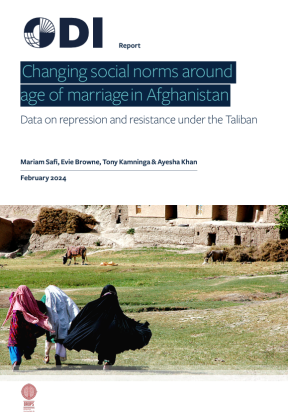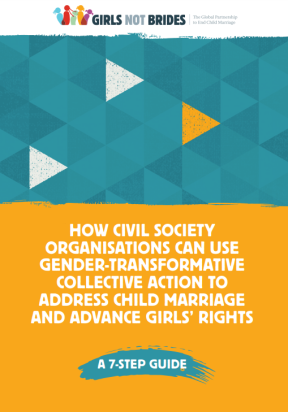India’s complex and ambitious development agenda cannot be addressed by a sole stakeholder. It needs urgent and formal collaboration between stakeholders, spanning business, government and civil society. Now more than ever before, there is a critical need for these diverse stakeholders, who are already shaping and witnessing key policy, business, funding and operational shifts, to collaborate and converge into the development of a strong and sustainable ecosystem for adolescents in India. However, bringing about such collaboration is no easy task, and agreeing to work together is no guarantee of success.
While highlighting the significance of a collaborative approach to address the issues surrounding India‘s adolescents, and leveraging Dasra‘s experience of laying the foundation for 10to19: Dasra Adolescents Collaborative, Collaborative Force goes a step further and shares actionable insights on designing and facilitating a large-scale multi-stakeholder collaboratives. It is particularly addressed to anyone responsible for conceptualizing, leading or facilitating a large-scale multi-stakeholder collaborative, but will be equally useful for those funding or implementing within a collaborative, as well as for those who are still at the stage of exploring models and contemplating whether a collaborative is the best way forward.
Highlighting the significance of a collaborative approach to address the issues surrounding India ‘s adolescents, this report shares actionable insights on designing and facilitating a large-scale multi-stakeholder collaborative.
- Tags:
- Child marriage, Economic empowerment, Sexual and reproductive health, Gender-based violence, Education
- Countries / Regions:
- India
Journal article
26 juillet 2024

Report
22 février 2024

Toolkit
16 mai 2023

